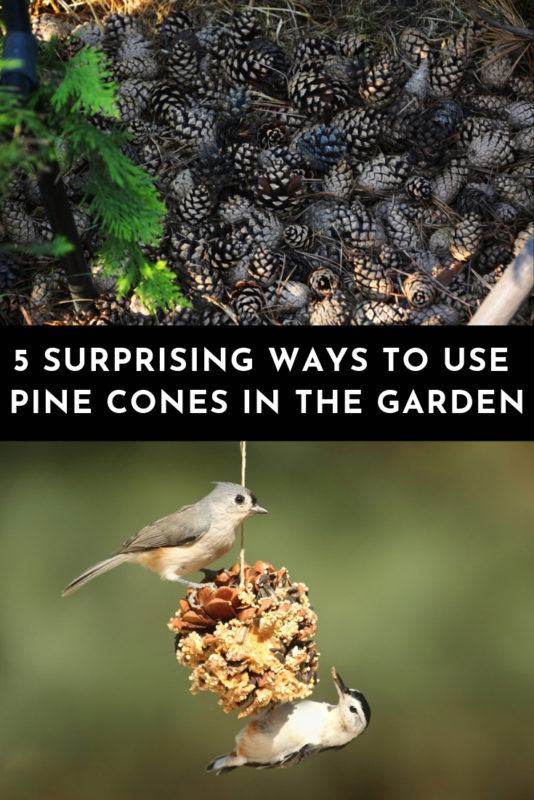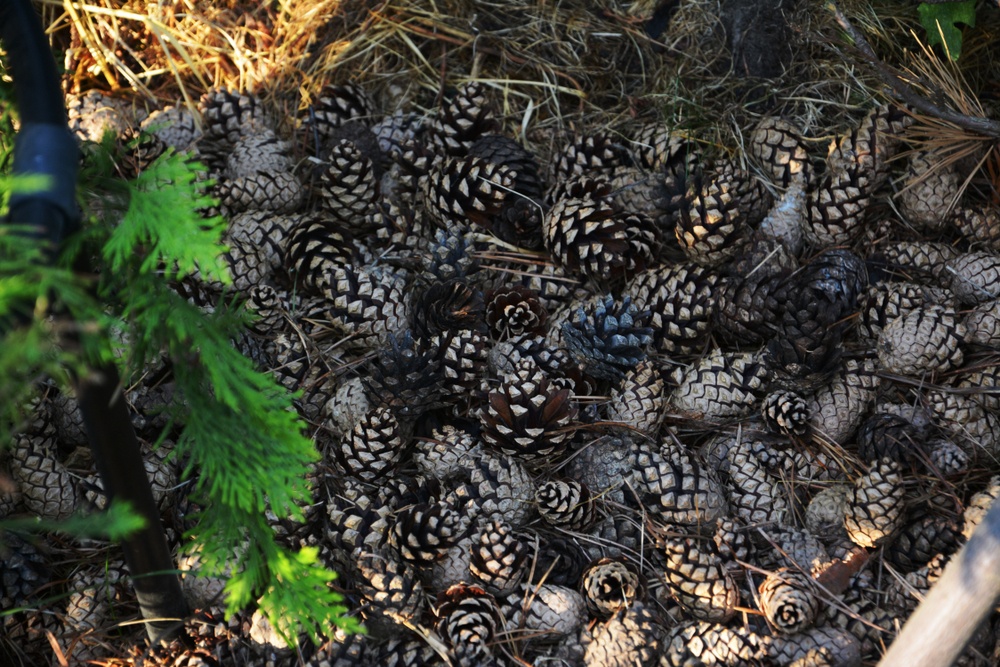
Found en mass on the forest floor, pine cones are abundant and easy to source no matter the time of year. T
hese little woody things come in all sorts of shapes and sizes, depending on the conifer tree they dropped from, and can be put to good use as a material for a variety of craft projects.
If you have a few evergreen trees in your yard, pine cones may seem like more of a nuisance than a gift. But pine cones are a free renewable resource with plenty of applications in the garden. Collecting them provides yet another ingenious way to garden for free.
1. Make Pine Cone Mulch
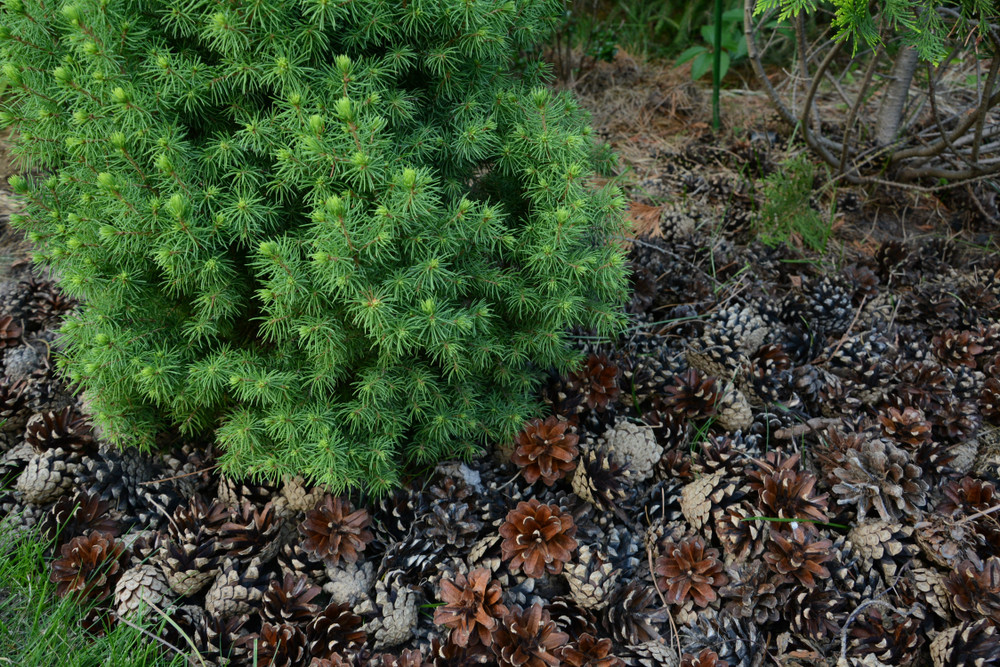
Spreading a layer of mulch over your garden beds helps the soil retain moisture, suppresses weeds, keeps the ground cool, and makes an attractive cover for the bare earth. Using organic mulches also means that, as it breaks down and decomposes, nutrients will be released to improve soil fertility.
While wood chips, coconut husks, straw, and shredded bark are some of the mulch options available for purchase, stocking up on mulch can easily cost hundreds of dollars depending on the square footage of the area. Mulch should be applied at a depth of 2 to 3 inches, and needs to be reapplied every year or two.
A no cost alternative to bagged mulch is to use the waste your yard generates each year. Backyards are often abundant in several mulch worthy materials, like grass clippings, leaf mold, compost, pine needles, and pine cones.
In the natural environment, pine cones are tasked with distributing the conifer tree’s seeds; they open their scales to release the seeds during dry periods and close up again when wet.
They can persist on the ground for years to repeat their reproductive cycle again and again. In the garden, this means they can be used as incredibly long lasting mulch that will take ages to decompose. They are also naturally resistant to mold and fungus.
You can mulch with pine cones by keeping them whole. Or you can break them up by processing them with a wood chipper or by running them over with a lawnmower.
Another method is to simply smack them repeatedly with the back end a shovel – inelegant but very effective.
Because pine cones are somewhat acidic, use them around acid loving plants like blueberries and azaleas. Otherwise, you can sprinkle some baking soda on the ground as you apply the mulch to help neutralize soil pH.
2. Add Pine Cones To Your Compost Pile
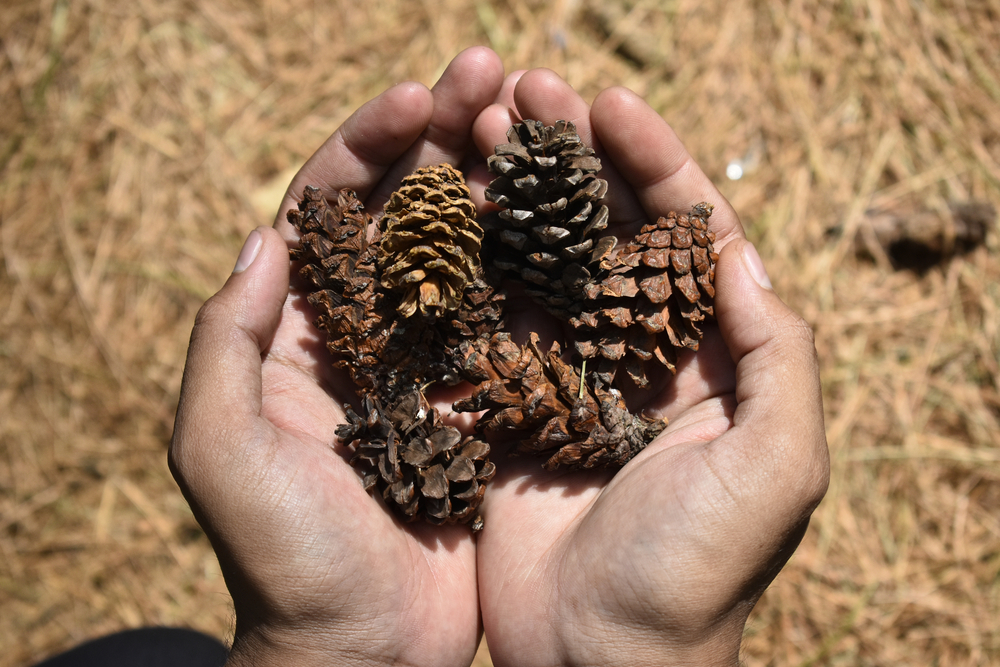
Pine cones are also an excellent source of carbon (or “browns”) in the compost heap. They are primarily composed of ash, lignans, and tannins, and once fully broken down, will add these beneficial elements to your finished hummus.
Although its slow degradation is great for mulch, in the compost pile you will want to hasten the process by chopping them into smaller pieces first. The smaller the better so for the quickest composting results, use a chipper or shredder to create a very fine, sawdust like consistency before adding it to the pile.
3. Build A Ladybug Hotel
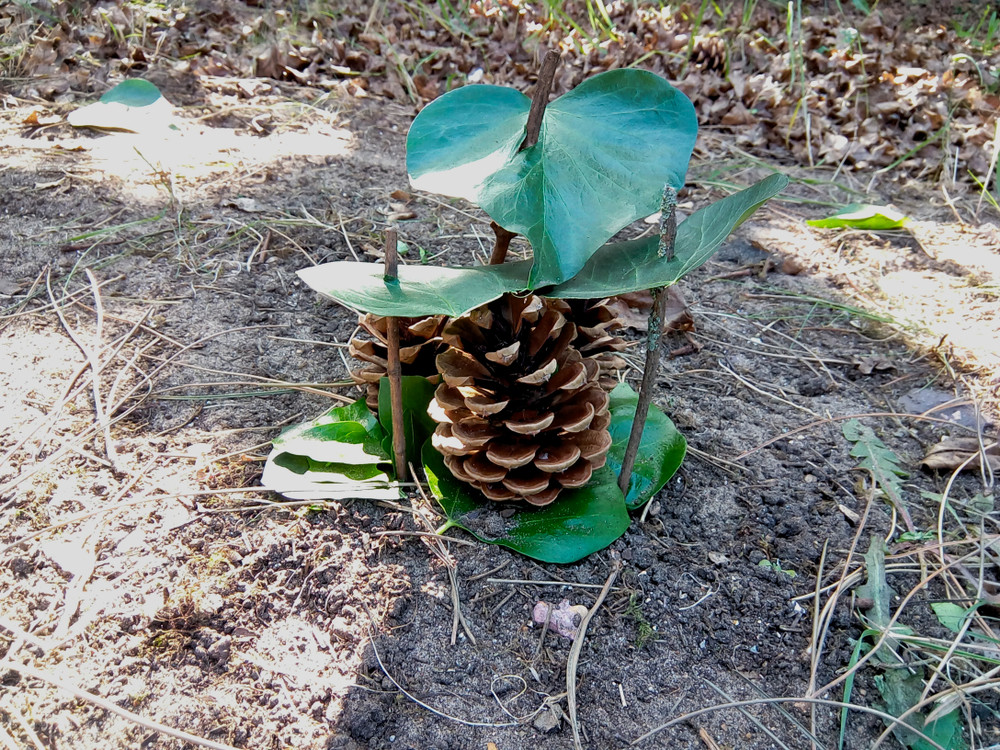
Like a world in miniature, the garden is home to a thriving population of insects. By encouraging certain beneficial bugs to call your garden plot home, you will be enlisting the help of numerous workers that will tirelessly pollinate your plants, decompose dead plant tissues, and prey on garden pests.
And by simply letting nature do its work, you can avoid the use of pesticides and other harmful chemicals altogether.
One of the good guys, ladybugs are among the most sought-after garden residents. Don’t let their cuteness fool you, they are voracious hunters that will devour 50 or more aphids, mites, white flies, or scale insects per day.
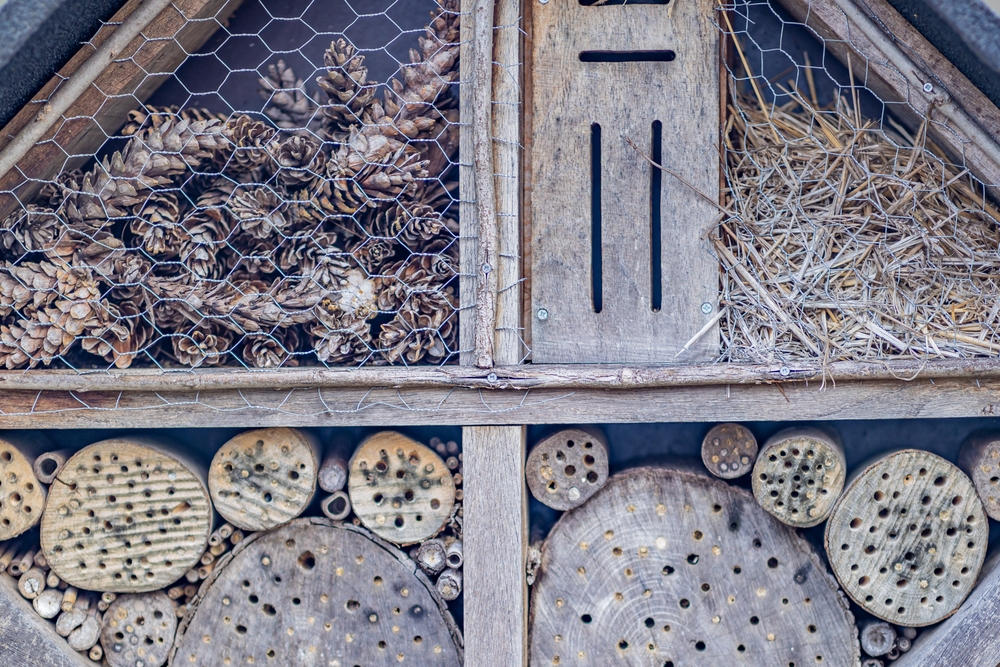
Building a bug hotel is a great way to encourage ladybugs and other insects to stick around. While there are all sorts of scavenged materials you can use to give them a place to nest and hibernate – such as hollow reeds, branches, leaves, bark, and holes drilled in logs – pine cones are an excellent place for lady bugs to settle overwinter.
You can provide them a pine cone room in a multi insect abode. For a quick, ladybug dedicated fix, this DIY requires only chicken wire or netting, twine, and several pine cones; hang it near your garden in a sheltered area that is protected from heavy rain.
Another option is to install a wall mounted planter (like this) and fill it with pine cones.
4. Craft A Pine Cone Bird Feeder
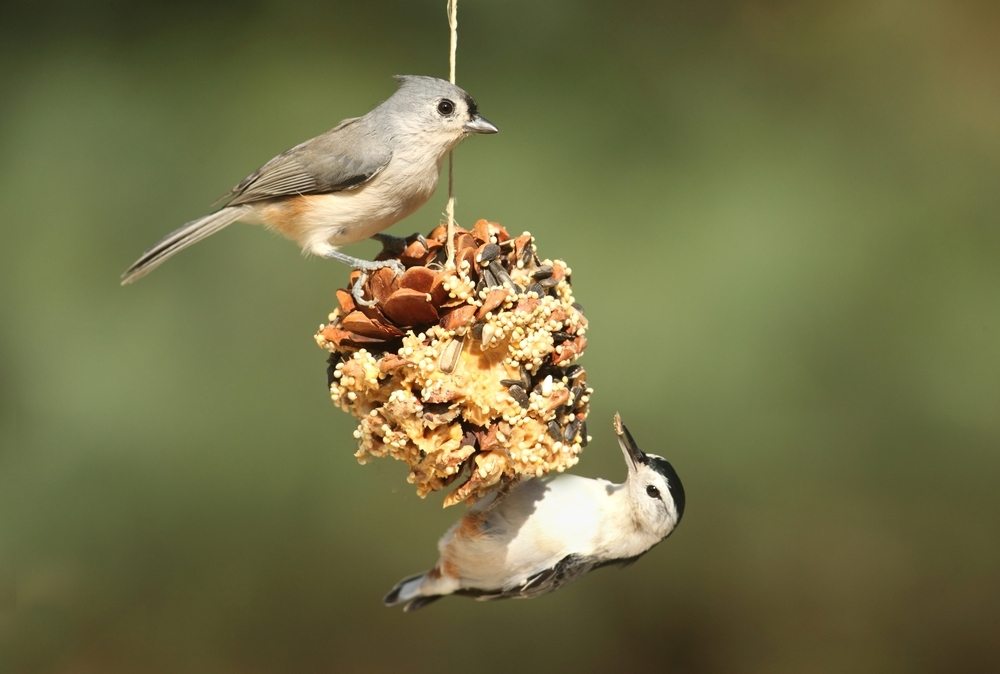
Filling your backyard with activity and song, birds are not only pleasurable to watch, they also provide free pest control. Birds feed on caterpillars, grubs, mosquitoes, and beetles, and will often consume the seeds of weeds and other unwanted plants in the garden.
You can make your garden an attractive place for birds to hunt and raise their young by growing your own birdseed. And an easy way to ensure they get their fill during the cooler months is to make a pine cone bird feeder.
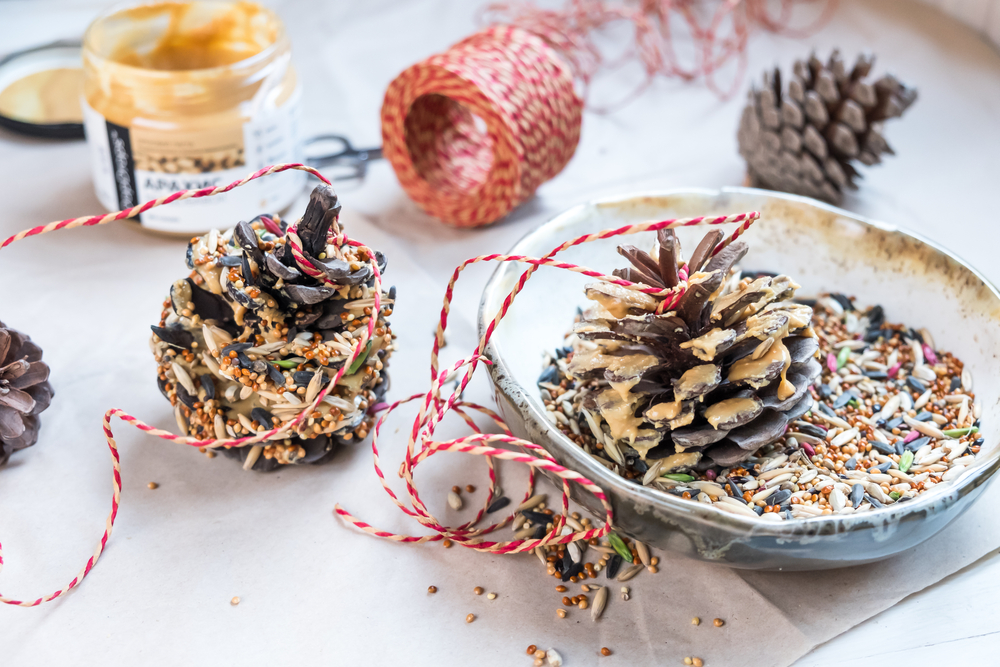
Any pine cone will do but a large, round, and wide one will provide the best surface area. Remove a few of the pine cone’s scales to make some extra space for food. Slather the pine cone in peanut butter or suet and then roll it in your favorite birdseed mix. Tie it with twine or a decorative ribbon and hang from the bough of a tree.
5. Use Pine Cones As A Container Filler
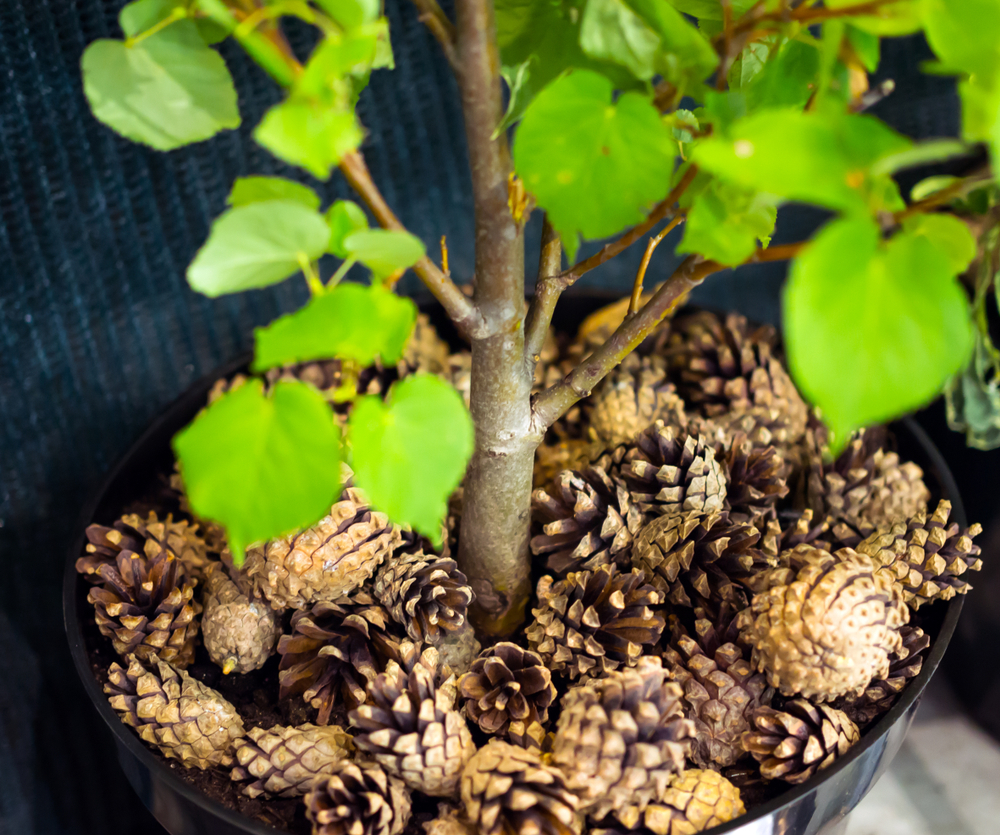
Large, deep planters can take bag after bag of soil to fill to the top. Not only is it expensive, most plant roots won’t reach the bottom of the pot so it’s also quite unnecessary.
While plastic bottles, rocks, and tin cans are some of the container filler options available to use, pine cones have a few advantages over these types of materials.
Firstly, pine cones are light and won’t add extra weight to your pot if you need to move it. Second, pine cones are slow to decompose and will surely add bulk for the entire season.
And lastly, when pine cones do break down, they add beneficial nutrients to the soil and won’t leach out chemicals like plastics or metals would.
When using pine cones to fill your containers, place them so they take up about one third of the space at the bottom of the pot.
Pin This To Save For Later
